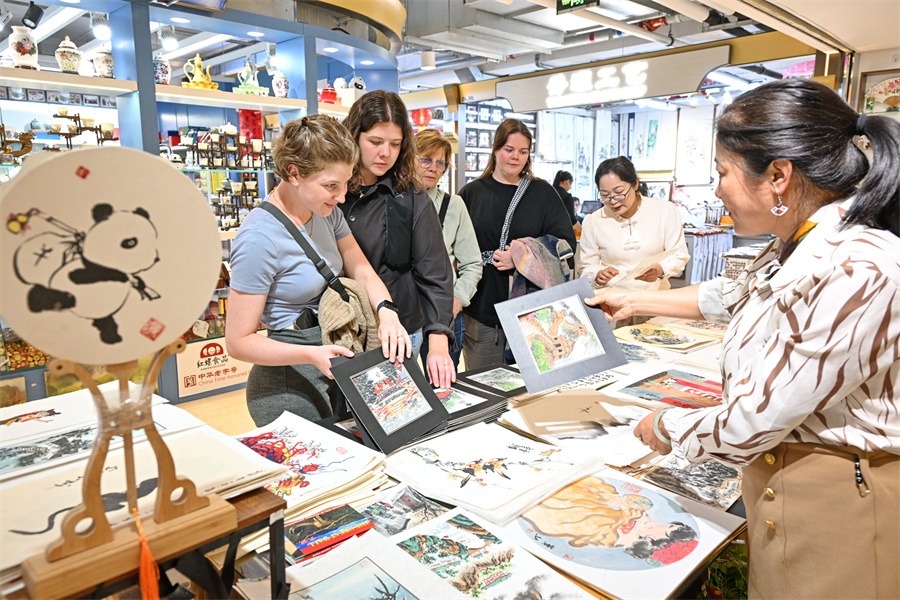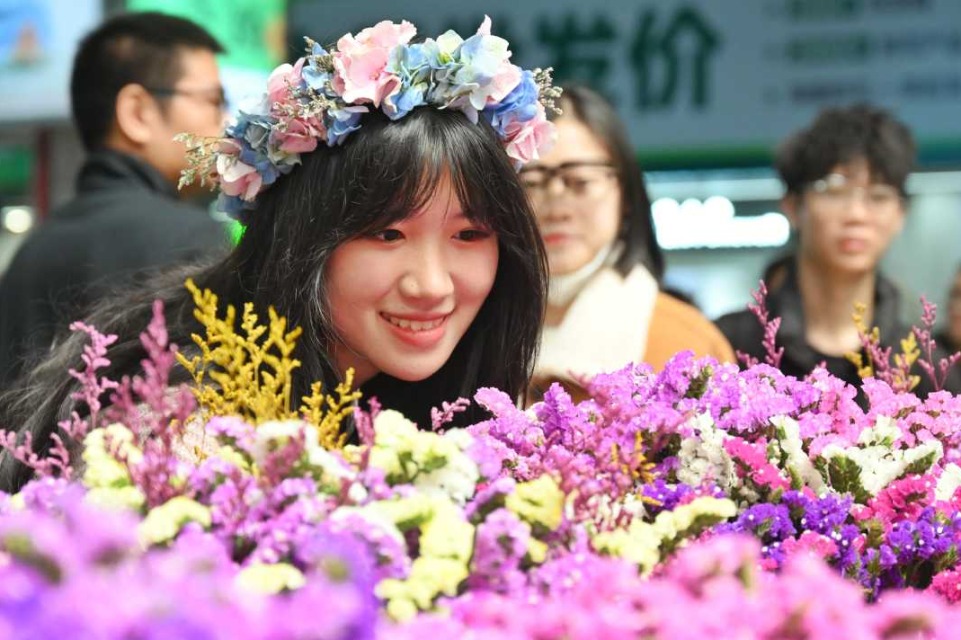The huotong: A seat of warmth and ingenuity at the table

Late autumn, in the days I lived with my in-laws in rural Zhejiang province, meant the arrival of one of the warmest companions I ever had at the dinner table-the huotong.
Imagine a wooden, thimble-shaped stool that's half-enclosed, with one side open like a stage, cradling a metal receptacle built to hold burning embers, and you have an idea of what this traditional piece of dining room furniture looks like. Whenever the first chilling winds of the season would sweep through the village, my in-laws would fill one with a generous helping of warm cinders from their fire-powered wok, and place it near the table, usually right where I used to sit.
They were no strangers to my aversion to the cold of winter in a province that didn't enjoy the steam heat typical of northern parts of China, nor the heating vents I relished at home growing up in Cleveland, Ohio, where almost every school year saw at least a handful of snow days or times that proved too frigid for us to attend classes. As a child, I would rush home from school in January and February and immediately ensconce myself in front of the heater.
Who would have imagined I would marry into a family accustomed to winters of wearing multiple layers of clothing and your jacket at all times, even at home.
Not surprisingly, my winter strategy at their home involved heavy use of an electric mattress pad and excessive layers of blankets. I felt loathe to leave the cocoon of warmth I had built for myself in the bedroom, including when mealtimes arrived. For me, that made the huotong such a welcome addition around the table.
It's amazing how this simple invention could generate such a substantial amount of heat. Being perched on top of the huotong during meals transported me back to the comfort of those weekday afternoons following school when I leaned back on vents at home to soak up every bit of warmth in the house. But even better, the huotong, with its open design, also allowed my legs to feel just as cozy as I tucked into a delicious meal at the table.
The huotong appears to have had a long history among my husband's family in rural Zhejiang. My mother-in-law, once pointing to the piece with more small knicks and scratches among its lovely mahogany wood, revealed it was a family heirloom, presented to her and my father-in-law on the occasion of their wedding. And she proudly shared that it worked just as well, if not better, than the newer and more polished huotong they owned.
My husband Jun also has fond memories of the huotong, which he recalls serving as more than just a warm seat at the table. During Chinese New Year, the family would roast long, white sticks of niangao, or New Year cakes, over the embers in the huotong for a gooey holiday treat.
Now that Jun and I live in Beijing, where late autumn and winters offer the snug delights of plentiful steam heating at our home, years have passed since we last sat on a huotong. But I will always cherish those days when I first came to know this distinctive piece of furniture. It stands as a unique example of the many ingenious inventions people south of the Yangtze River have developed to survive and thrive during the coldest months of the year.



Today's Top News
- China Coast Guard conducts law enforcement patrols around China's Huangyan Island on Wednesday
- China's contribution to COVID fight indelible
- White paper debunks 'lab leak' theory, calls for origins-tracing in the US
- Xi stresses sound planning for economic, social development in 2026-2030
- Xi encourages youth to actively shoulder responsibilities in advancing Chinese modernization
- China defends free trade for the world






























